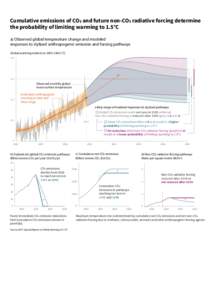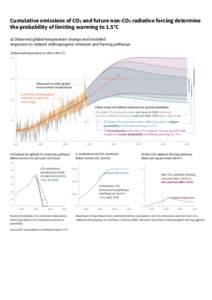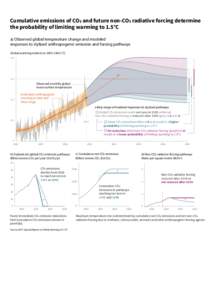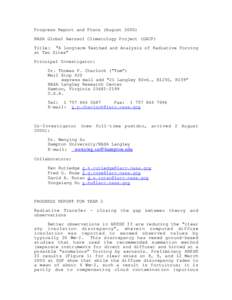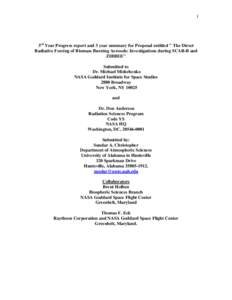 Date: 2014-05-01 14:34:36Fire Carbon dioxide Climate history Black carbon Carbon Environmental science Greenhouse gas Radiative forcing Global warming Climatology Atmospheric sciences Environment | |  REVIEW David M. J. S. Bowman,1* Jennifer K. Balch,2,3,4*† Paulo Artaxo,5 William J. Bond,6 Jean M. Carlson,7 Mark A. Cochrane,8 Carla M. D’Antonio,9 Ruth S. DeFries,10 John C. Doyle,11 Sandy P. Harrison,12 Fay H. Jo REVIEW David M. J. S. Bowman,1* Jennifer K. Balch,2,3,4*† Paulo Artaxo,5 William J. Bond,6 Jean M. Carlson,7 Mark A. Cochrane,8 Carla M. D’Antonio,9 Ruth S. DeFries,10 John C. Doyle,11 Sandy P. Harrison,12 Fay H. Jo
Add to Reading ListSource URL: globalmonitoring.sdstate.eduDownload Document from Source Website File Size: 440,20 KBShare Document on Facebook
|

 REVIEW David M. J. S. Bowman,1* Jennifer K. Balch,2,3,4*† Paulo Artaxo,5 William J. Bond,6 Jean M. Carlson,7 Mark A. Cochrane,8 Carla M. D’Antonio,9 Ruth S. DeFries,10 John C. Doyle,11 Sandy P. Harrison,12 Fay H. Jo
REVIEW David M. J. S. Bowman,1* Jennifer K. Balch,2,3,4*† Paulo Artaxo,5 William J. Bond,6 Jean M. Carlson,7 Mark A. Cochrane,8 Carla M. D’Antonio,9 Ruth S. DeFries,10 John C. Doyle,11 Sandy P. Harrison,12 Fay H. Jo